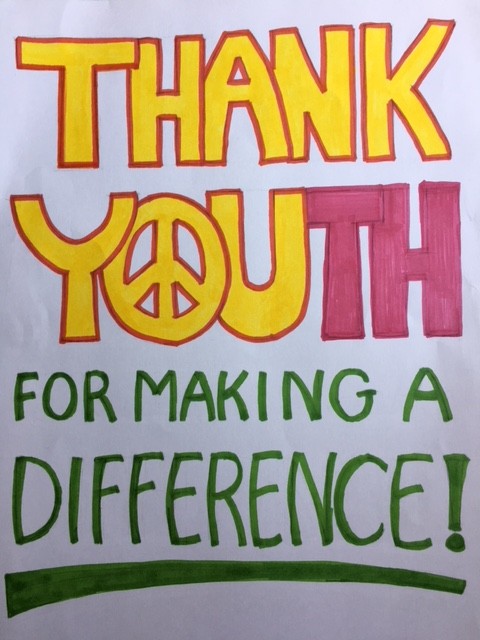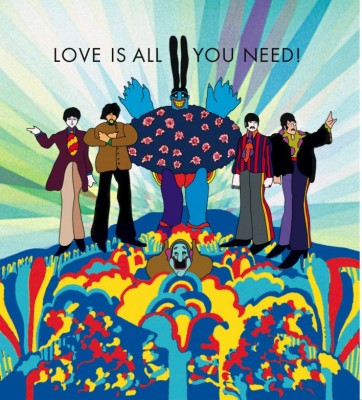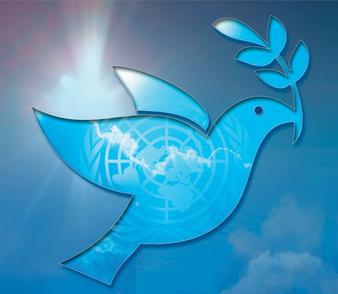 What has happened since the tragic February 14, 2018 shooting at Marjory Stoneman Douglas High School in Parkland, Florida, is truly remarkable. In just five short weeks, Stoneman Douglas students ignited a nationwide youth movement #NeverAgain to speak out against gun violence, encouraging participation in the March 24, 2018 March for Our Lives in Washington, D.C. and cities around the world. The result: Their generation, Generation Z, has elevated its position in our American psyche, shifting older generations’ views of them from “entitled” or “lazy” to now a generation of doers, thought leaders, and change-makers.
What has happened since the tragic February 14, 2018 shooting at Marjory Stoneman Douglas High School in Parkland, Florida, is truly remarkable. In just five short weeks, Stoneman Douglas students ignited a nationwide youth movement #NeverAgain to speak out against gun violence, encouraging participation in the March 24, 2018 March for Our Lives in Washington, D.C. and cities around the world. The result: Their generation, Generation Z, has elevated its position in our American psyche, shifting older generations’ views of them from “entitled” or “lazy” to now a generation of doers, thought leaders, and change-makers.
These youth elevated their image in several simple yet powerful ways:
Determination. The Parkland students were determined to give voice to an issue that has plagued our country for decades. They succeeded in setting themselves apart in the March for Our Lives and changing how others saw their generation.
Inclusion. Students, teachers, administrators, parents, and the general public were invited to participate in the March for Our Lives. Just two weeks after the Parkland shooting, students from Chicago were invited to Parkland to share their experiences. Two days before the March, Parkland students met with students from Thurgood Marshall Academy in Washington, D.C., to discuss their experiences with gun violence.
Organization. What the Parkland students were able to accomplish in just five short weeks is incredible. Students accepted full responsibility for getting their tasks done, and they achieved them.
Eloquence. The memorable presentation by Emma Gonzalez, and her powerful use of silence, has people talking about how she may become Time Magazine’s Person of the Year. Emma and other Parkland students appeared on the national platform for the first time in their lives. Each student spoke with such deep emotion, compassion, and eloquence.
Positive Messaging. Filled with passion and emotion, students’ messages remained positive, clear and consistent throughout the speaker program as well as media interviews. Presenters focused on telling their own stories with insight and great maturity.
All of that hard work created a new statistic: The March 24, 2018 March for Our Lives represents the largest youth demonstration since the Vietnam War (reminder: that was more than a half century ago).
When asked by a reporter “What’s next?,” without hesitation, Stoneman Douglas high school student David Hogg quickly and succinctly outlined what those specific next steps are:
* Host Town Hall meetings in every Congressional District across the country, inviting sitting Congressional representatives to meet and discuss gun legislation.
* Encourage participation in an April 20 nationwide student walkout, the anniversary of the Columbine shootings.
* March on all State Capitols and meet with elected officials.
The level of planning and organization of these high school students is truly remarkable.
One final observation: Kudos to MSNBC, who devoted an entire 24-hour news cycle to live coverage of the March for Our Lives. Top MSNBC news anchors shared the role of anchoring throughout the day, inserting live interviews in Washington, D.C. and in cities around the country. What also impressed me was MSNBC’s dedication to including a diverse group of reporters, including a number of young reporters. I especially appreciated that MSNBC did not repeat the same story multiple times; rather, they provided fresh interviews throughout the day.
Th poster that I carried (seen above) during the Saturday, March 24, 2018 March for Our Lives in Cleveland, Ohio (one of hundreds of participating cities) represents a clear message: Focus on today’s youth because they have a voice that needs to be heard, they rallied others to participate in this march, and they deserve our support and recognition.
The March for Our Lives was truly an historic event, one that we will be talking about for years – and generations – to come. For anyone who wonders what the future will be like for the next generations, the message is emphatically clear: They are in good hands.









